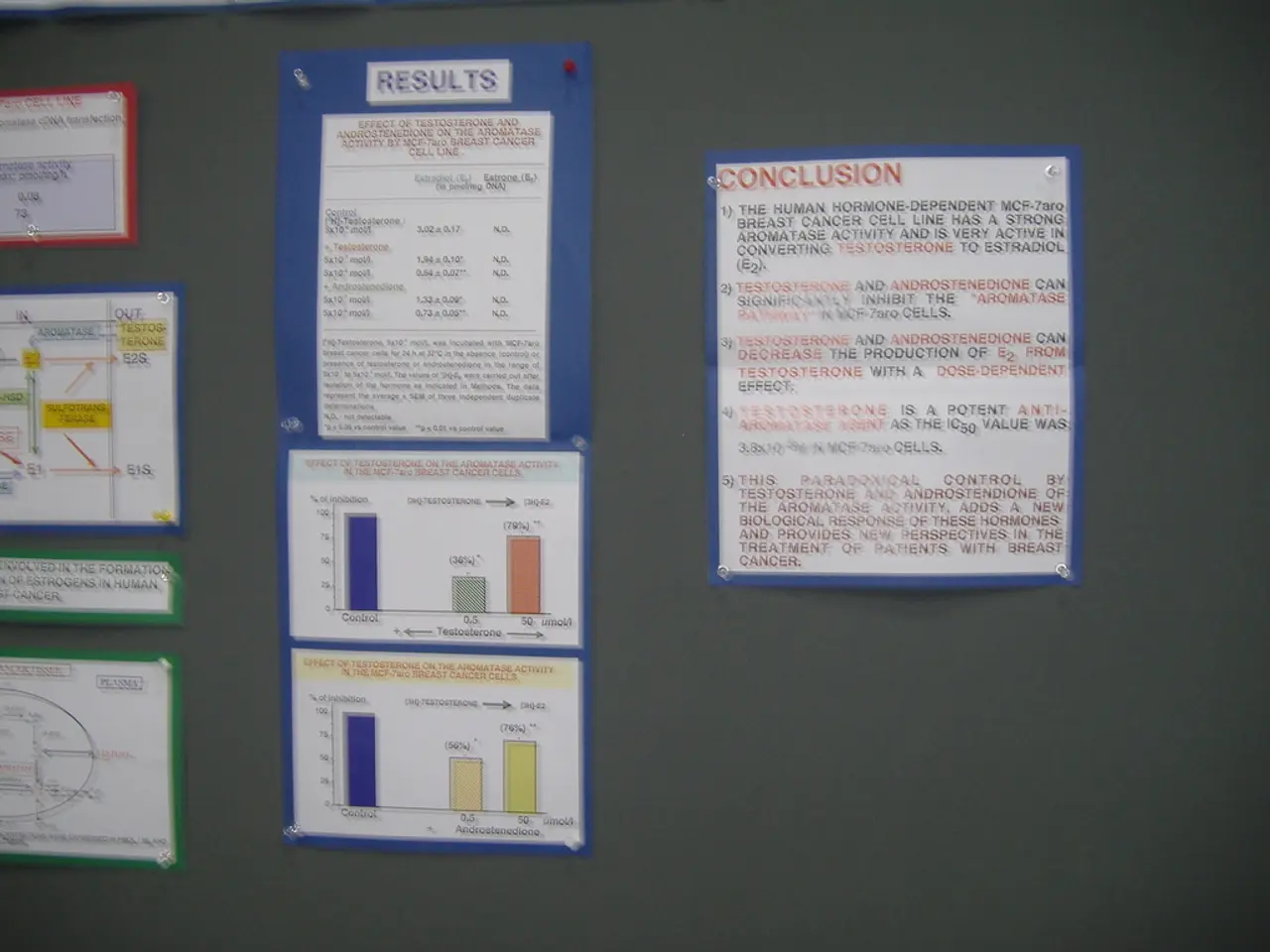Philips decreases estimated tariff impact to range between 150 million and 200 million euros
In a significant turn of events, medical device giant Philips has revised its earnings outlook for 2025, as the financial toll from tariffs is proving to be less severe than initially feared. The company's revised forecast comes on the heels of trade negotiations and tariff rate adjustments, particularly between the U.S. and the EU, which has set a 15% rate for most imports from Europe [1][4].
Philips' CFO, Charlotte Hanneman, has confirmed that the company now expects an impact of between €150 million to €200 million on its 2025 earnings from tariffs, a decrease from the up to €300 million euro charge forecast in the first quarter [2]. This reduction reflects the revised assumptions following the U.S.-EU agreement and the Chinese tariff rate.
The adjustment in tariffs has also benefited Philips' competitor, Boston Scientific, which has halved its expected tariff charge from $200 million to about $100 million [2]. This tariff impact is mainly expected in the second half of 2025, yet the company has simultaneously raised its full-year sales growth guidance to 18–19%, indicating resilience despite tariffs [2].
Other companies like Stryker have similarly cut their expected tariff burdens, attributing the reduction to U.S.-China tariff agreements and their manufacturing footprint outside China reducing exposure [3]. However, the overall trade policy environment, initiated under the Trump administration, continues to add costs that firms manage through pricing and efficiency strategies, with some tariff costs still materializing later in the year [1][3].
Despite the positive developments, Philips continues to maintain a cautious view on China in its full-year outlook, despite the improvement in stimulus and tender activity [5]. The company's sales were flat in Western Europe and North America in the second quarter, while they declined in China [6]. Philips has taken short-term mitigation actions such as pursuing exemptions and optimizing inventory locations and the flow of goods [7].
The impact of tariffs is expected to be more pronounced in the second half of the year for Philips, due to a lag between higher inventory costs and when those costs are recognized in Philips' earnings [8]. Tariffs remain dynamic, according to Philips CFO Charlotte Hanneman [9]. Philips has made progress on other steps to reduce the tariff hit, including optimizing its supplier network and manufacturing locations [10].
In conclusion, while tariffs have imposed added expenses on medical device makers, the revised forecasts in mid-2025 show the financial toll on earnings is less severe than initially feared, with companies adjusting strategies to mitigate the impact and maintaining or raising sales and earnings outlooks for the year [1][2][3][4].
- Amid the adjustments in tariffs, Philips, a significant player in the medtech industry, now anticipates an impact of €150 million to €200 million on its 2025 earnings from tariffs, a substantial decrease from its initial forecast.
- Boston Scientific, a competitor of Philips, has also experienced a halving of its expected tariff charge, indicating that these adjustments are resonating positively within the industry.
- Other companies like Stryker have similarly reduced their expected tariff burdens, demonstrating a collective effort to manage these costs across the medtech business.
- The earnings outlooks for these companies have remained resilient, with some raising their full-year sales growth guidance despite the ongoing tariff costs.
- Philips, however, remains cautious about its future in China, despite improvements, due to a flat performance in Western Europe and North America and a decline in China during the second quarter.
- In an evolving landscape, Philips continues to pursue various strategies to mitigate the tariff impact, such as optimizing inventory locations and its supplier network, in addition to seeking exemptions.




